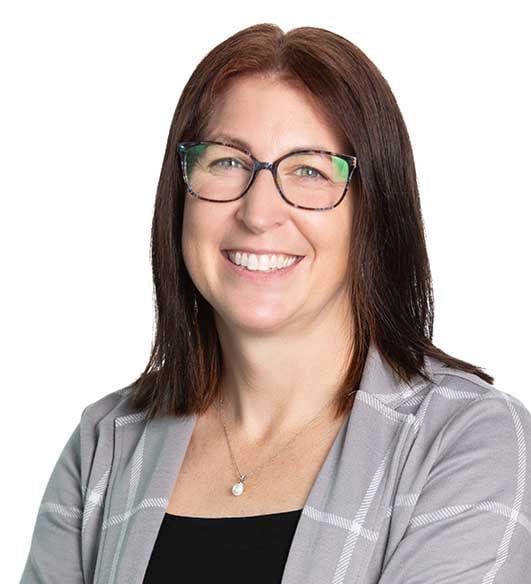Tax
We’re inspired to create a holistic tax strategy that supports your goals.
Tax
Let us help you relieve your tax headache.
Federal, state, local, and international tax burdens and responsibilities consume time and cash flow. Whether you’re an individual, a business, a nonprofit, or handling a trust or estate, proper planning and guidance from a well-versed professional can make managing taxes less painful.
Eide Bailly has the depth of tax resources to help you gain peace of mind. Plus, our professionals are supported by the National Tax Office, allowing clients to dig into specialized tax situations.

Compliance
Business Credits & Incentives
State & Local Tax
International Tax
IRS Resolution & Collections
Exempt Organization Tax
Wealth Transition Services
Our Stats Tell Our Story
At Eide Bailly, our tax providers are in the business of taxes. Our goal is to make managing your taxes less painful – resulting in peace of mind.
- Expertise in17Industries
- Top20CPA firm in the nation
Whatever your tax needs – Eide Bailly can help.
Tax Leadership

Stacy L. ErdmannCPA
Partner/National Tax Practice Leader

Joe StoddardCPA
Partner/National Tax Office Leader


